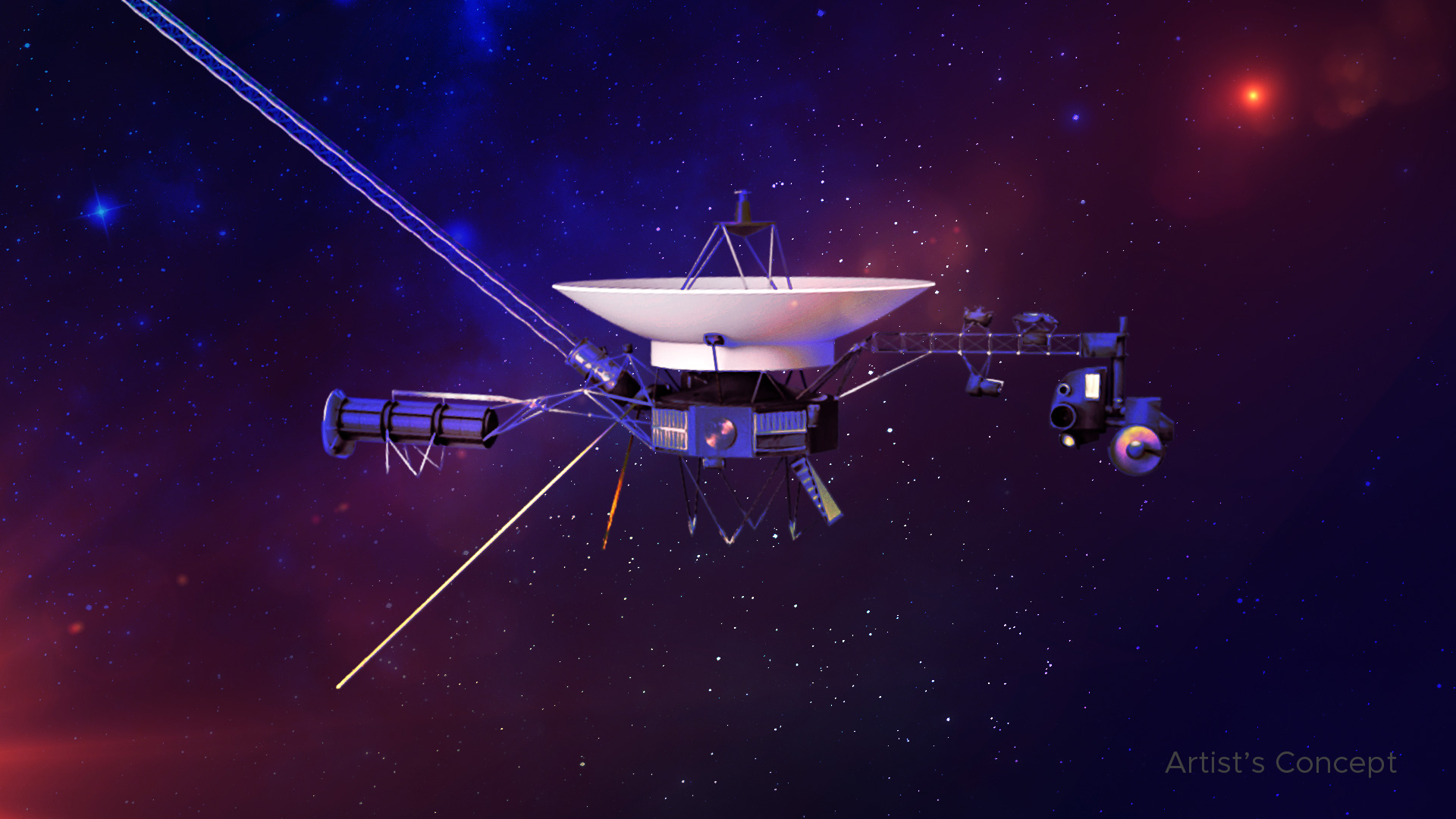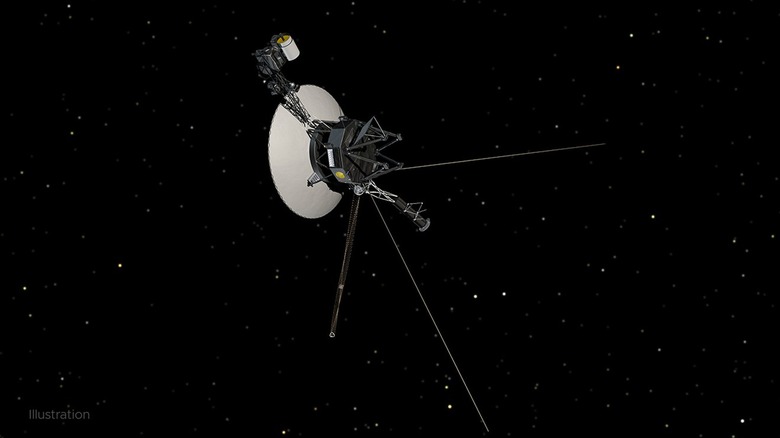NASA Bids Farewell To Voyager 2's Plasma Science Instrument
NASA has finally turned off one of Voyager 2's science instruments. Now, there's no need to worry, as Voyager 2 isn't shutting down anytime soon. However, since the probe has been barreling through space since 1977, its power supply—which is made up of chunks of plutonium—has slowly been decaying, producing less and less energy each year. This means it is finally time to start cutting some things off so that NASA can extend the interstellar mission for as long as possible.
As I noted above, the Voyager 2 mission won't be shuttered anytime soon. Despite NASA turning off the plasma science instrument, the probe still has four other operational instruments aboard it. The space agency has spent years putting this movement off for as long as it can. However, with the plutonium decaying as it is, NASA estimates that Voyager 2 will be down to just one instrument by the time the 2030s roll around.
The four remaining scientific instruments will continue to study the region of space outside of our heliosphere. These instruments include a magnetometer that can study the interplanetary magnetic field, a charged particle instrument that helps measure the distribution of electrons and ions, as well as a cosmic ray system that will hopefully help determine the origin of the cosmic rays found in interstellar space. The fourth system is a plasma wave detector, all of which will likely start shutting down as Voyager 2's power supply continues to dwindle.

Despite launching at the same time, both Voyager 1 and Voyager 2 took separate routes through our solar system. In fact, Voyager 2 remains the only spacecraft that has ever visited the ice giants—Uranus and Neptune. As such, it is an iconic piece of NASA's history, and it makes sense for the space agency to do everything it can to keep the probe running smoothly.
In fact, over the years, NASA has had to work tirelessly to resolve issues with Voyager 1 as it attempts to keep the space probe moving forward through space. Voyager 2 is no different, and while it hasn't experienced nearly as many issues, it remains hard work to keep those decaying power supplies operating without issue so that Voyager 2 isn't shut down before NASA is ready to say goodbye.
Ultimately, NASA's Voyager probs have been reaching the end of their lives since 2022, at least. It is really only a matter of time until both probes go entirely silent. All NASA is doing now is staving off when this happens by changing up the science instruments being used to help pull out some extra juice along the way.
